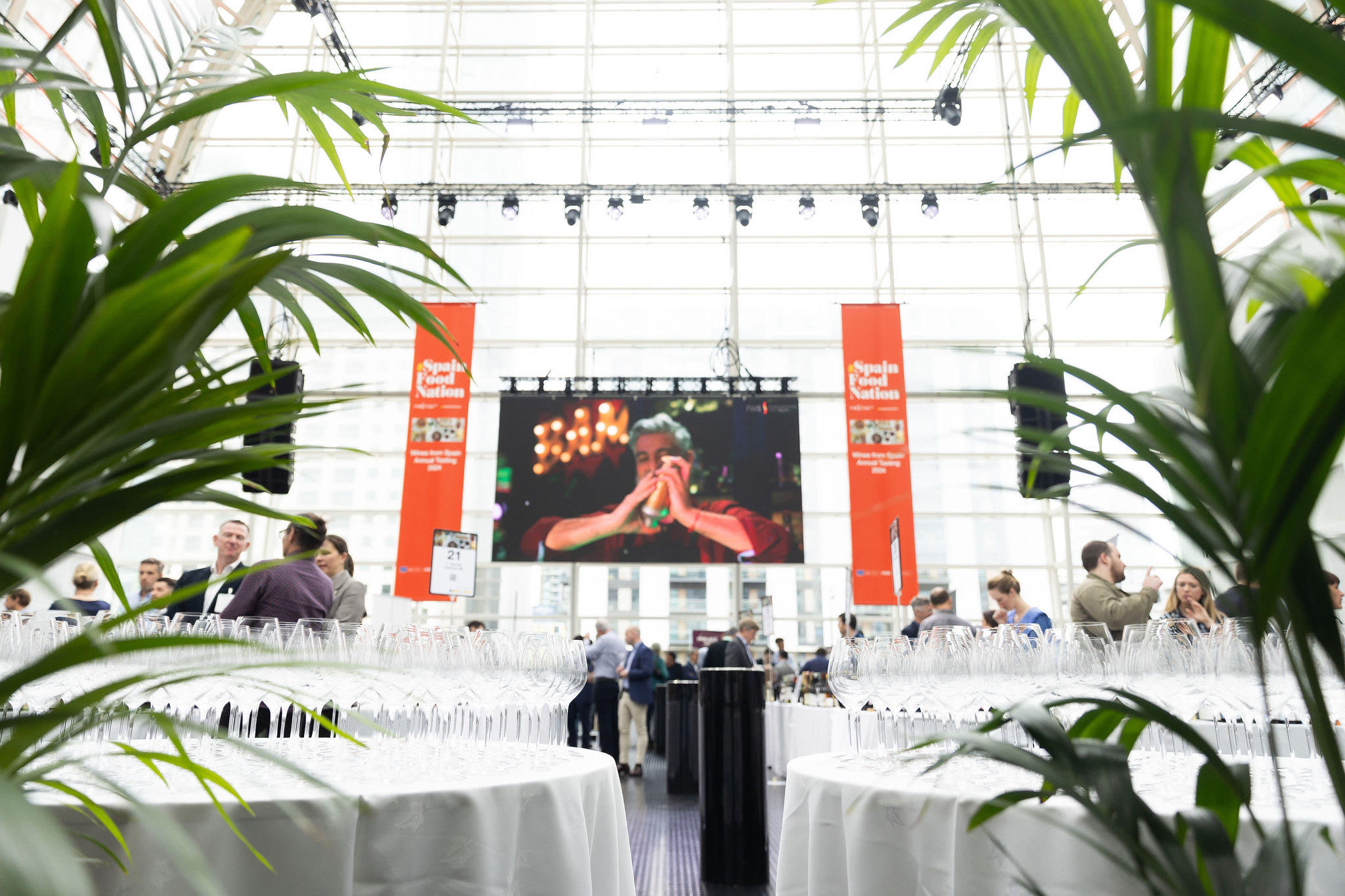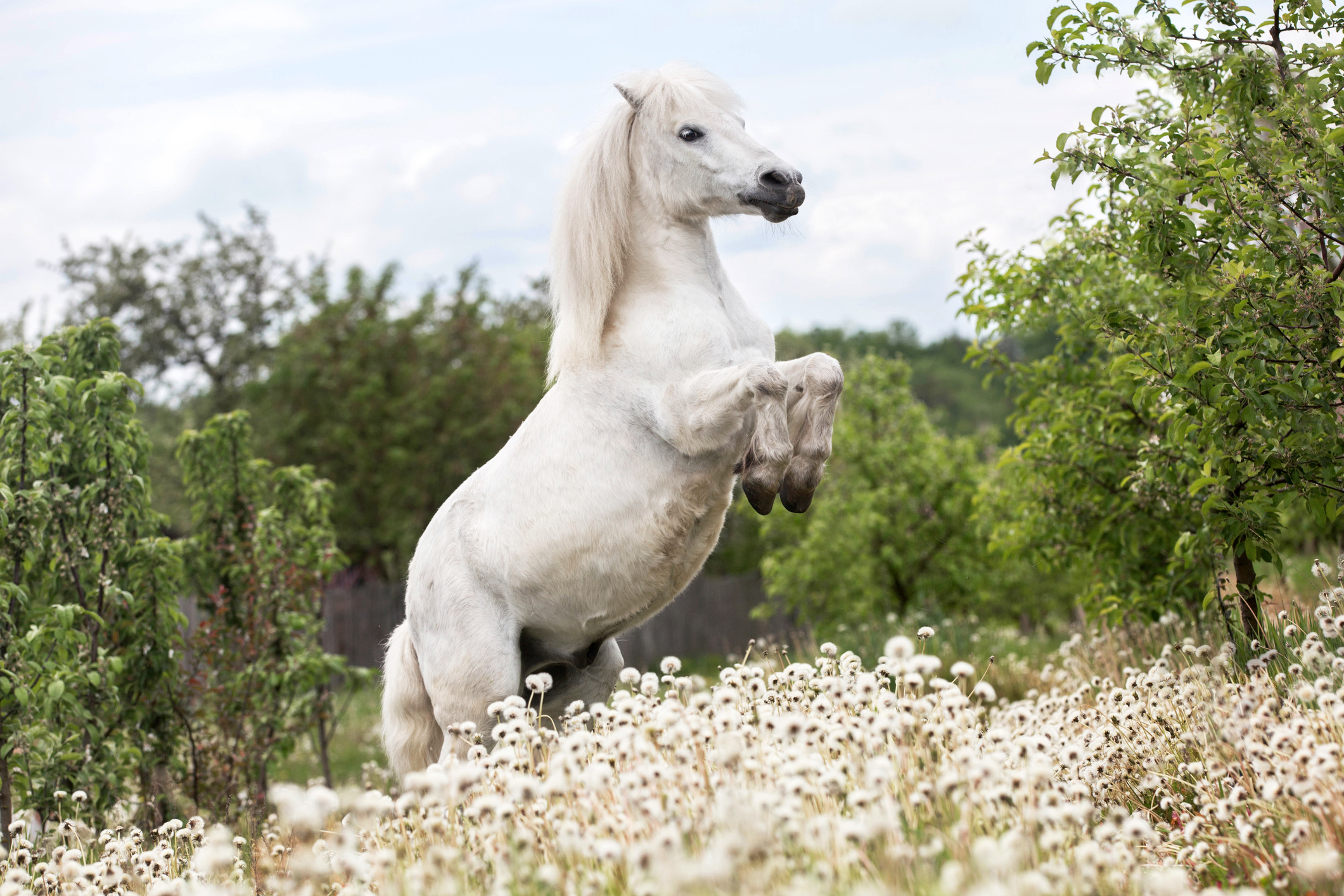New ‘sweetness scale’ to feature on Alsace wines
By Sarah NeishFrom the 2021 harvest, a standardised sweetness guide will be required on all Alsace wine labels to guide consumers and wine professionals.

A new labelling initiative that clearly pinpoints the sweetness of a wine will come into play on bottles from the 2021 Alsace vintage onwards. Prompted by the Alsace wine industry itself, proposed by the Association of Alsace Wine Growers, it is hoped the system will give consumers and wine professionals greater clarity on what’s inside the bottle, and therefore increase buyer confidence.
It centres on sweetness guidelines already in place in the European Union, and while Crémant d’Alsace, the region’s traditional method sparkling wine, already adheres to sweetness guide regulations, still wines from the appellation will now follow suit.
The labelling law was officially passed in May 2021, but as the Alsace harvest does not usually begin until September or October time, the new labels will not have appeared on shelves as yet.
Wine producers have two options in terms of how they indicate the sweetness of a product. The first is to clearly state whether its contents are ‘sec’ (dry); ‘demi-sec’ (off-dry); ‘moelleux’ (medium-sweet) or ‘doux’ (sweet).
Alternatively, a visual sweetness scale can be used, with an arrow clearly pointing to one specific level (see below).

The four sweetness categories are defined using an EU model that takes account of the tartaric acid content as well as the sugar. Balance between residual sugar and acidity is essential in wine, especially for whites, therefore the level of acidity in wine plays a part in its sweetness level.
As per the new guidelines, a dry or ‘sec’ wine is defined as one in which the sugar content of the wine does not exceed 4g/litre.
Partner Content
A medium-dry (demi-sec) contains a sugar content of between 4g/litre and 12g/litre.
Mellow or ‘moelleux’ wines have a sugar content of between 12g/litre and 45g/litre.
A sweet (doux) wine features a sugar content in excess of 45g/litre.
The new labelling guide system for Alsace wines applies to advertising, marketing materials, invoices, and other containers as well as wine labels.
The hope is that it will prove particularly useful to sommeliers when deciding which wines to recommend to diners to pair with their food.
Winemakers also hope it will put paid to any popular misconceptions in international markets. For example, the assumption that all Alsace Rieslings are sweet, when in fact most are made in a dry style.
Related news
All the medallists from the Riesling Masters
Vorbourg added to AOC Alsace Grand Cru appellation for Pinot Noir




